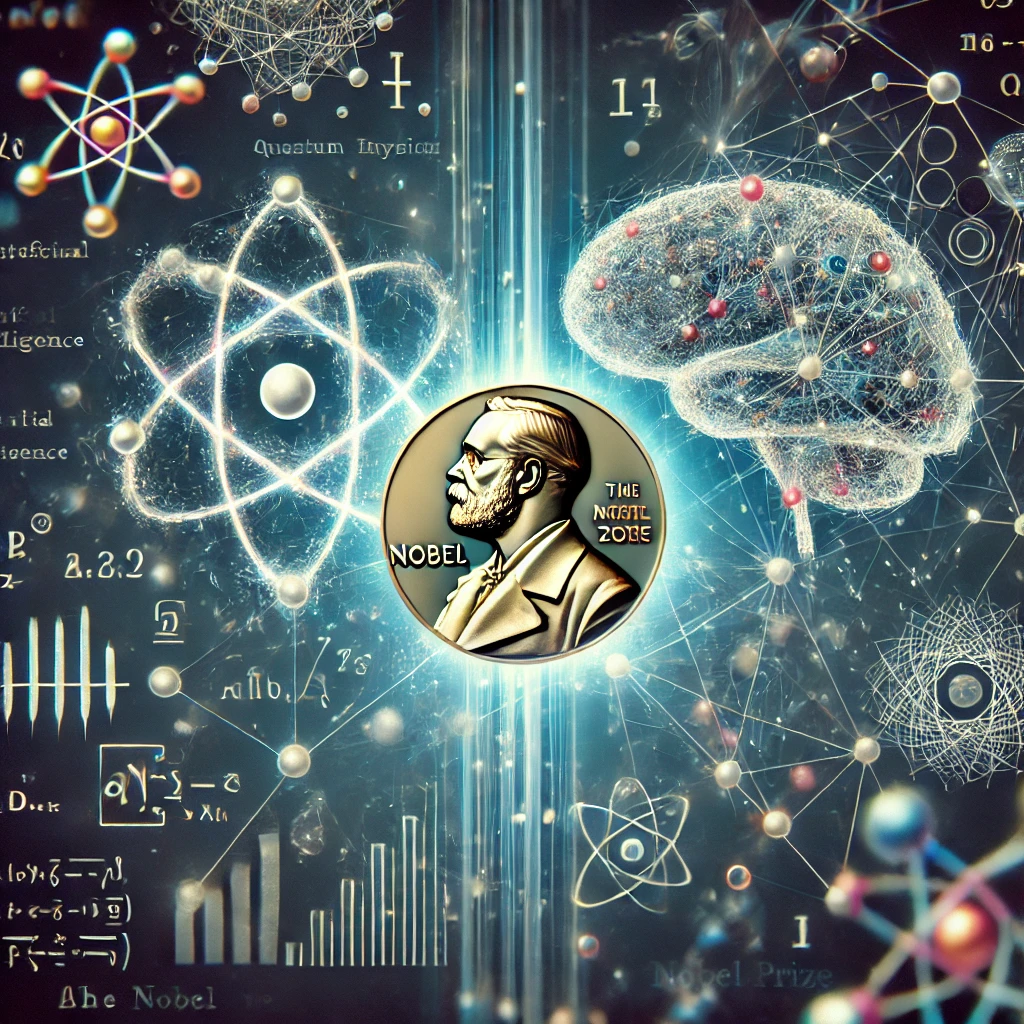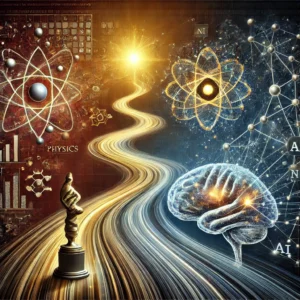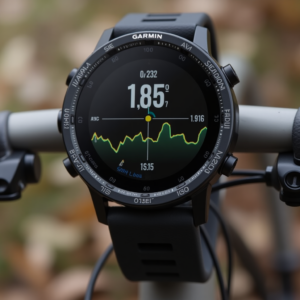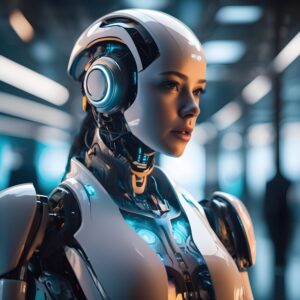
How a Subfield of Physics Led to Breakthroughs in AI – and From There to This Year’s Nobel Prize
In the ever-evolving world of technology, the marriage of physics and artificial intelligence (AI) has sparked a series of remarkable breakthroughs. While many view physics as abstract and AI as futuristic, these two fields have converged in profound ways. This article explores how a subfield of physics laid the groundwork for significant advances in AI, ultimately contributing to this year’s Nobel Prize.
Physics: The Foundation of AI Breakthroughs
The realm of physics, particularly quantum mechanics and statistical physics, has long been considered the backbone of many modern technologies. In recent years, physicists began applying their methods to AI, specifically to enhance the capabilities of neural networks. The introduction of quantum computing, for instance, promised to transform machine learning algorithms by allowing computations at unprecedented speeds. This boost in computational power has enabled AI systems to process massive datasets more efficiently.
The parallels between quantum physics and neural networks are striking. Both involve the manipulation of complex systems, and both rely on probabilistic outcomes. These connections have opened new pathways for AI development, with physicists leveraging their expertise to optimize AI architectures and algorithms.
Breakthroughs in AI Fueled by Physics
The most prominent breakthrough attributed to this cross-disciplinary effort is the use of quantum algorithms in AI. Quantum computing allows for the rapid solving of problems that classical computers would take years to process. By incorporating these techniques, AI models have become more accurate, adaptable, and powerful, which has paved the way for innovations in fields like healthcare, finance, and autonomous technology.
Another major contribution has come from statistical physics. By analyzing the behavior of neural networks through the lens of physics, researchers have discovered more efficient ways to train AI models. This has reduced the energy consumption and time required for AI training, making AI applications more accessible and scalable.
From Physics to Nobel Prize Recognition
This year’s Nobel Prize in Physics acknowledged the monumental impact that the integration of AI and physics has had on modern science. The laureates contributed to key theoretical advancements that underpinned today’s AI systems, marking a significant moment in history where the boundaries of physics and computer science intersected.
Their work demonstrated how physical principles, such as thermodynamics and quantum states, could be applied to make AI more efficient and powerful. This recognition not only highlights the importance of interdisciplinary collaboration but also points to a future where physics continues to play a pivotal role in advancing AI.
The Future of AI and Physics Collaboration
Looking ahead, the integration of AI with physics promises even more transformative changes. Quantum AI, a burgeoning field, could redefine the boundaries of machine learning. Future Nobel Prizes may well recognize further achievements resulting from this symbiotic relationship.
As AI continues to evolve, its foundations in physics will ensure that it remains at the cutting edge of technological innovation. This blend of theoretical physics and applied AI will likely lead to new technologies we can only imagine today.
Visit our other website :pipwr.com



